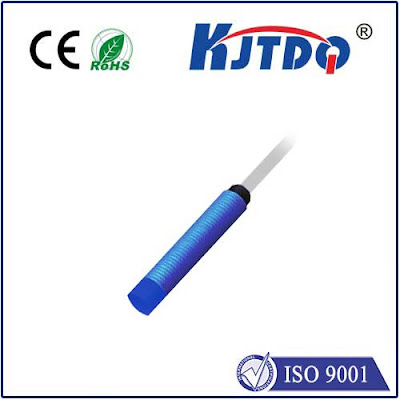KJT-TBA Economical Safety Light Curtain

KJT-TBA Economical Safety Light Curtain The KJT-TBA Economical Safety Light Curtain is a safety device used in industrial environments to protect personnel from hazardous machine operations. Here is a detailed overview of its features, applications, and considerations: Key Features and Specifications Economical Design : The KJT-TBA series is designed to offer a cost-effective safety solution without compromising on essential safety features. Light Curtain Technology : It uses a series of infrared light beams that, when interrupted, trigger a safety response such as stopping a machine or triggering an alarm. Detection Capability : These light curtains can detect the presence of objects or people within a specified range, ensuring that any interruption of the light beams is quickly identified. Safety Standards Compliance : Typically compliant with international safety standards like ISO 13849-1, IEC 61496, and others, ensuring they meet necessary safety requirements for machine gua...


